- +86 17324835373
- [email protected]
- 19/F, Block B, Guohong Mansion, Zhengzhou, Henan, China
Stainless steel mixing tanks with agitators are indispensable equipment in various industries, including pharmaceuticals, chemicals, and food processing. These tanks play a crucial role in blending, homogenizing, and maintaining the consistency of liquid and semi-liquid products. In this article, we will delve into the world of stainless steel mixing tanks with agitators, exploring their benefits, applications, components, and maintenance requirements.
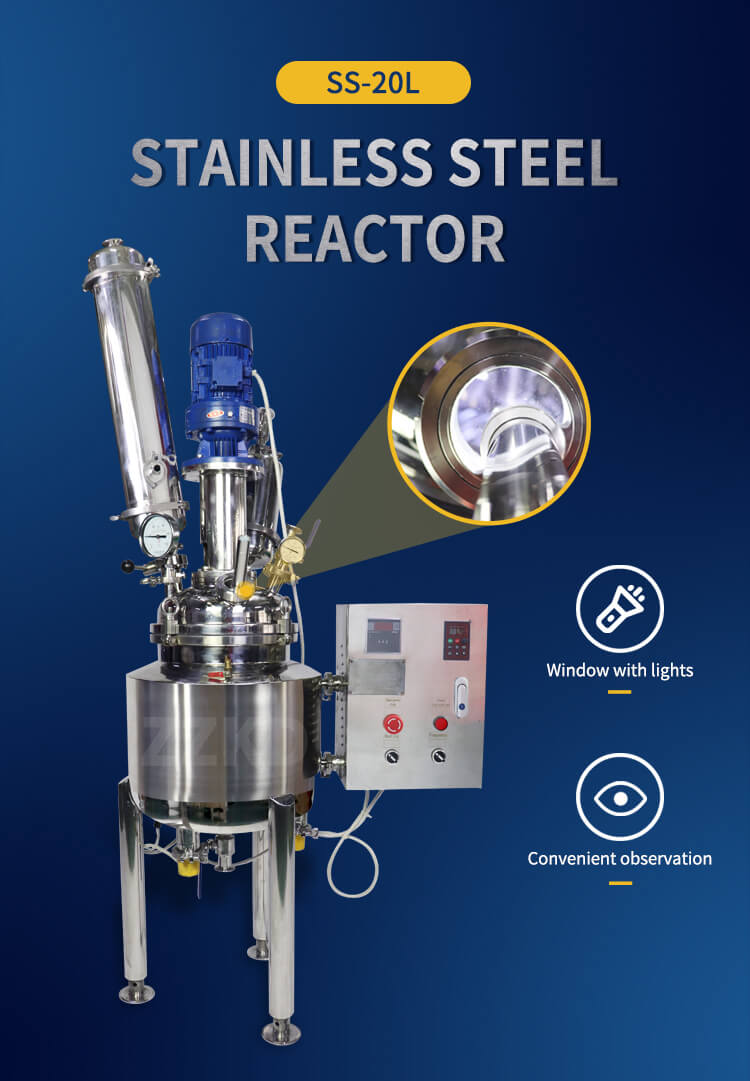
Agitators come in different types, each designed for specific mixing purposes. The choice of agitator depends on factors like viscosity, density, and the desired level of agitation. Some common types include:
1. Anchor Agitators: Ideal for high-viscosity materials, these agitators provide low shear mixing, preventing product damage.
2. Propeller Agitators: These are efficient for blending low-viscosity liquids and creating top-to-bottom flow patterns.
3. Paddle Agitators: Suitable for applications where gentle mixing is required, such as in the food industry.
4. High-Shear Agitators: Designed for emulsification and dispersion of solids into liquids, often used in pharmaceuticals.
5. Turbo Agitators: Known for their high-speed mixing capabilities, perfect for achieving rapid homogenization.
A stainless steel mixing tank with an agitator consists of several key components. The tank itself is typically made of high-quality stainless steel, ensuring product purity and resistance to corrosion. The agitator, which can have various designs, is responsible for mixing and homogenizing the contents of the tank.
Other essential components include valves for controlling the flow of materials, temperature sensors for monitoring and maintaining ideal conditions, and pressure gauges to prevent overpressurization. The tank may also have a jacket for temperature control, allowing both heating and cooling.
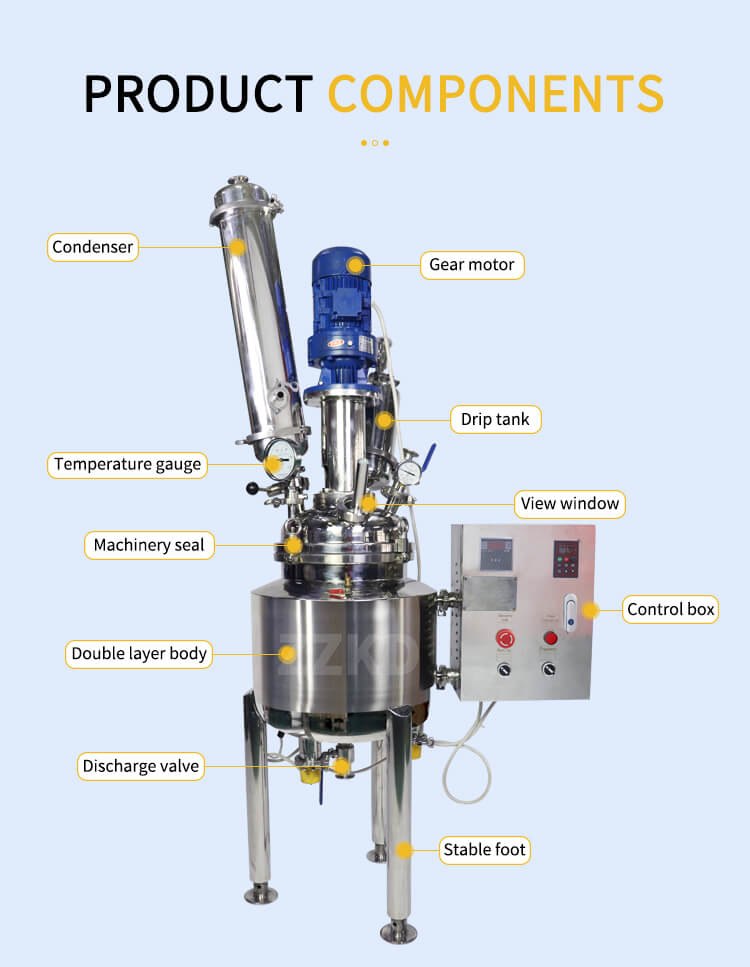
Stainless steel mixing tanks offer a multitude of benefits that make them a preferred choice in various industries. Their durability, corrosion resistance, and versatility make them a valuable asset in any production environment. These tanks can withstand harsh chemicals and high temperatures, ensuring product quality and safety.
Furthermore, stainless steel mixing tanks are easy to clean and maintain, reducing downtime and production costs. Their smooth, non-porous surfaces prevent the buildup of contaminants, ensuring hygienic conditions for sensitive applications like pharmaceuticals and food processing.
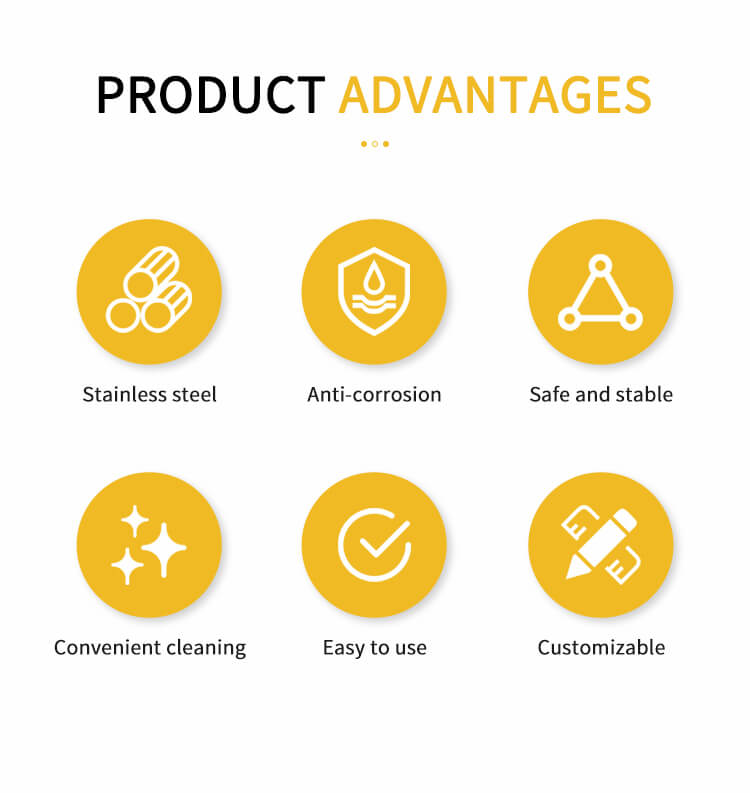
Stainless steel mixing tanks with agitators find applications across a wide range of industries. In the pharmaceutical sector, these tanks are used for drug formulation, blending, and emulsification. In the chemical industry, they facilitate the mixing of various chemicals for reactions and product manufacturing.
Food and beverage industries rely on stainless steel mixing tanks for preparing sauces, dressings, and beverages. They are also crucial in the cosmetics industry for producing creams, lotions, and shampoos with consistent textures.
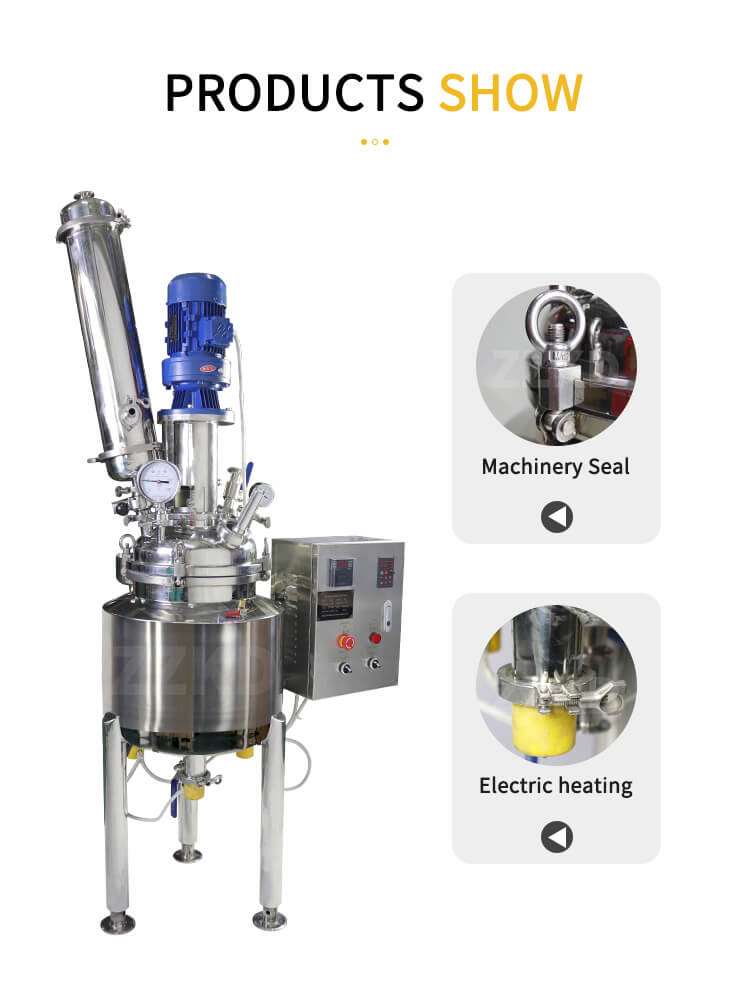
Proper maintenance of stainless steel mixing tanks is essential to ensure their longevity and optimal performance. Regular inspections, cleaning, and lubrication of agitator components are crucial. Avoid abrasive cleaning materials to prevent surface damage. Additionally, ensure that gaskets and seals are in good condition to prevent leaks.
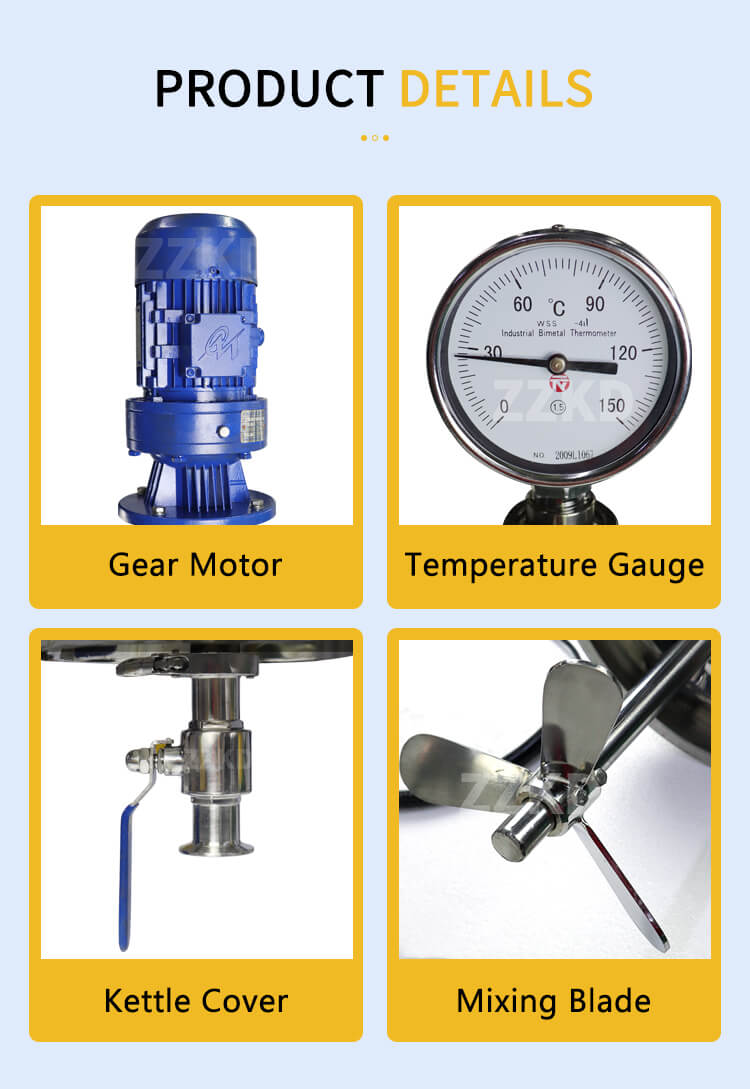
Stainless steel mixing tanks with agitators are indispensable tools in modern industries, facilitating the efficient blending of various substances while maintaining product quality and safety. Their versatility, durability, and ease of maintenance make them a wise investment for companies seeking reliable mixing solutions across pharmaceuticals, chemicals, food processing, and beyond.
Incorporating these tanks into your production processes can lead to improved efficiency and consistent product quality, ultimately contributing to the success of your business. Whether you are in pharmaceuticals, chemicals, or food production, stainless steel mixing tanks with agitators are a valuable asset in your quest for excellence.
Q: What are the advantages of using stainless steel mixing tanks with agitators?
A: Stainless steel mixing tanks with agitators offer several advantages. They are durable, corrosion-resistant, and versatile, making them suitable for a wide range of industries. These tanks are easy to clean and maintain, ensuring product quality and safety. Additionally, their smooth surfaces prevent the buildup of contaminants, making them ideal for hygienic applications.
Q: What are the typical applications for stainless steel mixing tanks with agitators?
A: These tanks find applications in various industries. In pharmaceuticals, they are used for drug formulation and blending. The chemical industry relies on them for mixing chemicals and facilitating reactions. Food and beverage industries use them for preparing sauces, dressings, and beverages. They are also essential in the cosmetics industry for producing creams, lotions, and shampoos.
Q: How do I choose the right type of agitator for my mixing tank?
A: The choice of agitator depends on factors like material viscosity, density, and the desired level of agitation. Common agitator types include anchor agitators for high-viscosity materials, propeller agitators for low-viscosity liquids, paddle agitators for gentle mixing, high-shear agitators for emulsification, and turbo agitators for high-speed mixing. Consider your specific mixing requirements when selecting an agitator type.
Q: What maintenance is required for stainless steel mixing tanks with agitators?
A: Proper maintenance is crucial to ensure the longevity and performance of these tanks. Regular inspections, cleaning, and lubrication of agitator components are essential. Use non-abrasive cleaning materials to prevent surface damage. Check gaskets and seals for wear and tear to prevent leaks. Following a maintenance schedule will help keep your tank in optimal condition.
Q: Are there safety considerations when operating stainless steel mixing tanks with agitators?
A: Yes, safety is paramount when working with mixing tanks and agitators. Ensure that operators are trained in the safe operation of the equipment. Take precautions to prevent overpressurization by using pressure gauges. Follow safety protocols for handling chemicals and potentially hazardous materials. Regularly inspect and maintain safety features to minimize risks in the workplace.
Model | SS-20L |
Capacity | 20L |
Material | 304 stainless steel |
Power supply | 220V/50Hz Single phase electricity |
Stirring power | 550W |
Frequency | 0-100 |
Heating power | 6KW |
Material thickness | 3MM |
Please leave your contact information, we will arrange the business staff to contact you as soon as we see the message.
Copyright © 2022. ZZKD machinery equipment co., LTD All rights Sitemap